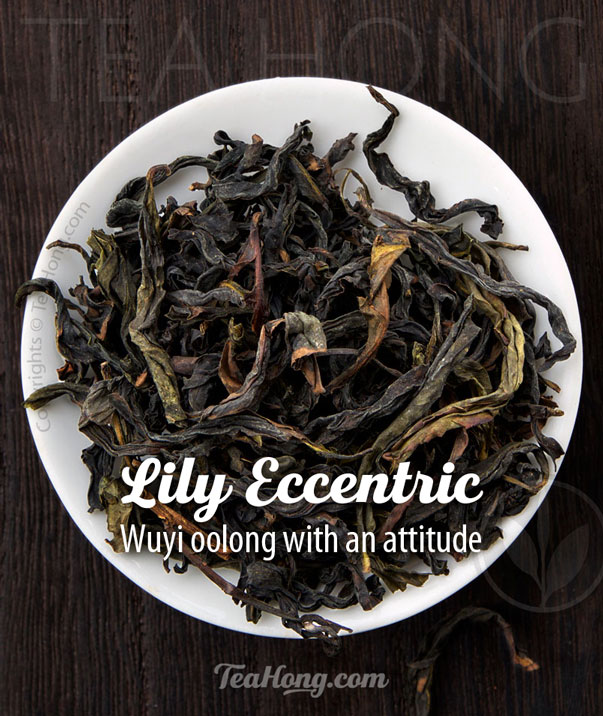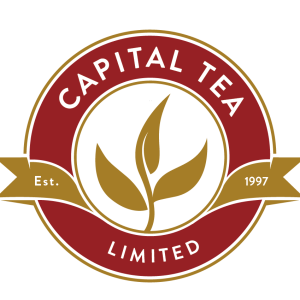Home › Dialogues › Tea Business › Tea prices
- This topic has 7 replies, 6 voices, and was last updated 11 years, 6 months ago by
Betty.
-
AuthorPosts
-
-
2012.10.13 at 6:41 pm #8525
Betty
ParticipantA friend brought me a pack of oolong from Taiwan with the name High Mountain Oolong. She told me it was the equivalent of about 35 dollars and it weighs only 150 g!
Now I have bought White Peony Floral from Leo’s Tea Hong and it was absolutely the best tasting tea I ever had and it was only 8 dollars. However, I also notice that there are much more expensive teas in Leo’s offerings, some even higher than 35.I am actually quite confused about such big difference in price. This White Peony tea I have been having is whole leaf and appears very delicate like these other expensive tea, but it is only a fraction of the price. I thought they are all from similar tea trees (although I know they must be different cultivars) and just differently processed. Shouldn’t they cost about the same to produce? If so, why is there the hugely different pricing? -
2012.10.13 at 11:36 pm #9851
pancakes
ParticipantI think that a lot of the pricing in the tea market comes basically from supply and demand. For example, White Peony is not really in high demand, but it is an excellent and delicious type of tea. Because there is not so much demand for it in the global market, and enough supply of that tea, it is possible to buy good quality White Peony at very reasonable prices. (On top of this, Tea Hong’s prices and selection for white teas are definitely better than average.)
Much of the market for Chinese tea also reflects the Chinese market as well. In this market, some premium types of green tea and oolong tea are regarded as “famous teas” and can fetch very high prices. Examples of such green teas are Longjing, Biluochun, and Huangshan Maofeng. In China, oolong teas from the Wuyi mountains are often quite expensive. However, in Taiwan, there is a different tradition of oolong teas, and certain “high mountain” varieties are the expensive ones. There are many myths and legends surrounding such famous teas, and there are always rich people willing to pay exorbitant prices for the very best quality of the most famous types.
The good thing about this system is that for those of us who are looking for value, there are many great choices among the lesser known teas. For example, white tea in general is quite affordable because there is less demand for it. Notice that the one white tea that is most expensive is also (and this should be no surprise) the most famous — Silver Needle. This is one of China’s famous teas.
The problem comes in for people who want some famous tea because that is all they know, but then pinch pennies and drink a very low quality version as a result. This is very unfortunate. If they had picked a lesser known type of tea, then they could be drinking an affordable tea of high quality. I think the Tea Hong approach is smart, because they only offer “famous teas” at good quality, so nobody is stuck with poor quality teas.
As an example, in China’s Zhejiang province, it is possible to buy a 100g bag of Longjing green tea for approximately $2 USD! Of course, that tea is horrible quality and is not even a pale shadow of what any decent Longjing tea tastes like. In the same store, in the same aisle, a high quality tin of Longjing may cost many times as much. At Tea Hong, 50g of good Longjing tea may be around $20, and since it is good quality of a famous tea (and sometimes a special variety), the consumer is getting a good value, and nobody is cheated. Now, if someone likes Longjing but can’t afford good quality Longjing as a daily drink, then there are other options like Silver Curls Spring, which is a very enjoyable tea with some similar qualities.
-
2012.10.14 at 3:48 pm #9852
Manila Tran
ParticipantI am sorry to be impolite, but to my understanding, I think USD 35 for 150g of High Mountain Oolong is not really very high price in Taiwan. High Mountain Oolong is not a name of a tea but a general description. Better oolongs have specific names.
I agree that Tea Hong’s strategy is very good in the long run for educating the market what is genuine quality of famous teas, but I think this seems very risky for tea business. People may think, ar, I can get Longjing at 2 dollar, this shop is selling Longjing at 20, they are too expensive! Of course they don’t know what they are getting for 2 dollar is really bad green tea, not what Longjing really tastes like, but they don’t know what real Longjing is.Another side of the idea is how much tea you are getting for the dollar. For example, in White Peony (like Betty discussed), I bought Tea Hong’s cheapest quality Fuding White Peony, but it is already much better than the highest level ones I got from Ying Kee and the one from Fok Ming Tong. Both of these are very famous Hong Kong tea shops. But people do not know there is the difference when they see only the tea name. Leo does not need to give customer so good quality, but he does. I am really amazed by what he is doing in selling, even more than I am amazed by his writings. Maybe he thinks differently than other tea people. -
2012.10.16 at 12:46 am #9853
pancakes
ParticipantThe high mountain oolong is 150g of tea, which is quite a lot of tea. In my view, $35 for 150g of high quality tea is not unreasonable.
I must agree about the White Peony at Tea Hong. It is far better than other White Peony teas I have had (some of which cost over twice as much). Leo definitely has some magic in that tea shop….
Leo’s strategy seems like a special way of doing business. For example, I will continue to get tea there because I know that I am always getting good quality. I don’t have to worry about being cheated, or buying the wrong thing, because Leo’s shop carries only high quality tea. After some time, a place like that will develop a special reputation.
-
2012.10.16 at 7:05 am #9854
Leo
ParticipantI am really moved by you all that you have understood the quality of my selections. Please do copy this and other previous comments to my teashop site when the comment function there is operable, hopefully in a week or so.
However, I do think Betty’s original question needs to be addressed. Why are there some tea so many times more expensive than others? This goes beyond the scope of one shop and touches on many core concepts, values and social issues.Pancakes gets it right that it is an overall supply and demand issue. However, there are more real issues than this.It is a rather lengthy answer and I think I’ll put it in an article in the main site. It is one that I have wanted to write about for a long, long time anyway. Will keep you posted.Those who have more to say about this please do keep this topic alive here. I’d very much like to learn from how you see it. -
2012.10.21 at 5:24 pm #9862
Betty
ParticipantThank you all for the responses! I did not realize the scope of my question initially and it seems it is touching on things beyond my expectations. I look forward to that article, Leo.
-
2012.10.24 at 7:13 am #8911
CHAWANG
Participantnot only supply and demand reason. also many kinds of tea need skillful worker labour cost. skillful labour needs to work long hours to produce these teas. like longjing, like phoenix oolongs, and many others. hand work produced tea very different from machine produced tea.
-
2012.10.27 at 3:26 am #9370
ICE
ParticipantBetter quality begins much earlier in production. Even how the leaves are plucked. Think of the labor cost difference from using the cutting machines.
-
-
AuthorPosts
- You must be logged in to reply to this topic.










